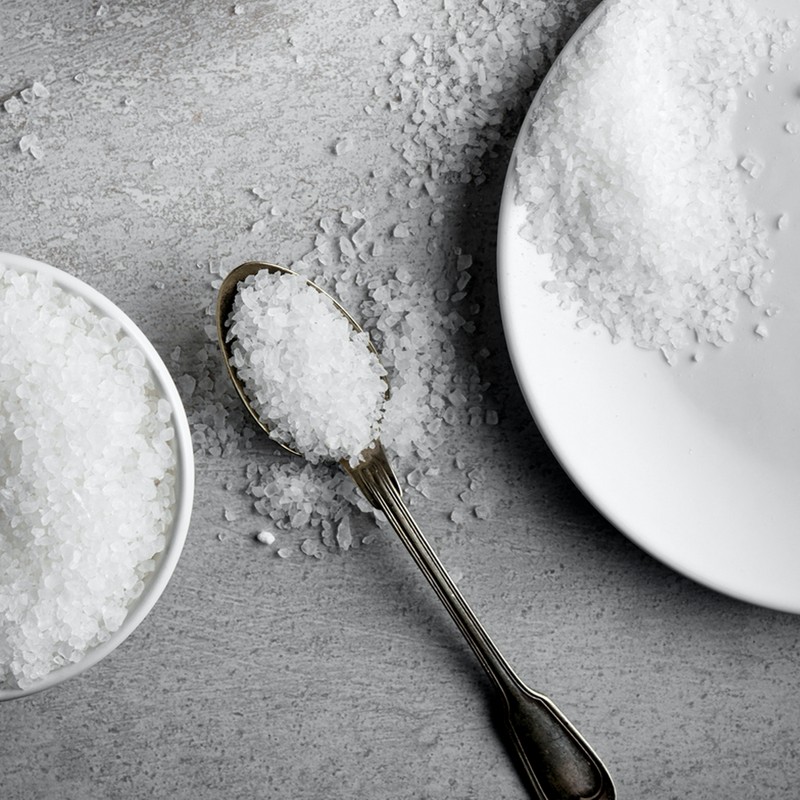Salt: How Much Is Too Much & How To Cut Back

Like Anything, It’s About Balance
“Salt can get a bad rap, but we all need some salt in the diet for healthy functioning cells. Salt is used by the body for many functions – it even produces stomach acid to aid digestion. Salt is made up of two electrolytes – sodium and chloride – which are not only essential for the body but, most importantly, must be kept in balance with potassium and magnesium, two other essential mineral salts. If you don’t eat enough potassium, your sodium levels will be high even if you aren’t adding excessive salt to your diet. Beans, chickpeas, lentils, bananas, apricots, cherries, grapefruit, mushrooms, potatoes and spinach are all rich in potassium, so be sure to include these in the diet to improve your sodium ratio.” – Jane Mostwofi, nutritional therapist
Some Types Of Salt Are Better Than Others
“Not to be confused with raw salt in its natural state, table salt – the type you find in a restaurant – is bleached and processed, which is directly linked with hypertension and high blood pressure. Table salt contains synthetic chemicals, anti-caking agents and bleach, which are used to create a clean, white colour. Besides its flavour, there are no health benefits to this type of salt, and it should be avoided. Sea salt, on the other hand, comes from seawater which is evaporated to make salt and contains minerals such as iron, zinc and copper. Rock salt, meanwhile, such as Himalayan salt and pink salt, comes from salt mines and ancient lakes and seas, and can contain up to 80 different minerals including calcium, magnesium, potassium and copper. If you are going to add salt to your food, these natural salts are a far more nutritious option.” – Clarissa Lenherr, nutritionist
Eating More Than 6g Can Cause Problems
“Water retention is a key sign you could benefit from cutting back. When we consume excess salt, the kidneys struggle to filter excess sodium from the blood. This sodium then builds up in the body, and cells cling on to extra water in an attempt to dilute the sodium, resulting in bloating and puffiness. Excess water in the body, meanwhile, can put pressure on the heart, leading to high blood pressure, which can be a risk factor for strokes and heart attack. At the same time, the more salt you consume, the more calcium the body loses through urination. If you don’t have enough calcium in your diet, the body will take it from your bones, increasing the risk for bone issues such as osteoporosis.” – Clarissa
Some People Should Cut Back
“We should all be mindful of how much salt we consume, especially if you eat a lot of prepared food and ready meals, but it’s particularly important if you have a history of high blood pressure, have chronic kidney disease, diabetes, are overweight or are of African heritage. At the same time, if you need to urinate a lot throughout the day, or are thirsty all the time, these could also be signs you are consuming too much salt and may benefit from cutting back.” – Jane
If You Exercise Frequently, You May Need More
“The majority of us consume far too much salt – around twice the recommended daily intake – but that doesn’t mean you should cut it out completely, especially if you work out a lot. Athletes and those doing intense training may require more salt in the diet as sodium is lost in sweat. If you aren’t replenishing lost salts after an intense workout, you may feel dizzy, weak and confused – this is a key sign to take on more. Similarly, if you live in a hot, muggy climate you may need more salt, while those following a ketogenetic or low-carb diet may also benefit from a slightly increased intake. This is because ketones – the substance produced by the body when we limit carbs – can have a diuretic effect, and salt can compensate for this effect.” – Clarissa
Salt Cravings Could Be A Sign Of Low Levels
“When you don’t have enough salt, your body starts to crave it (similar to what happens with thirst when you need more water). The regulation of salt intake and increased salt cravings works like a ‘salt thermostat’. If you regularly experience low blood pressure, low energy levels, brain fog and fatigue, you may need to add more salt to your diet. Headaches and dizziness could also be a sign you need more sodium as the nervous system requires sodium to function – when levels drop, it can result in groggy side effects.” – Clarissa
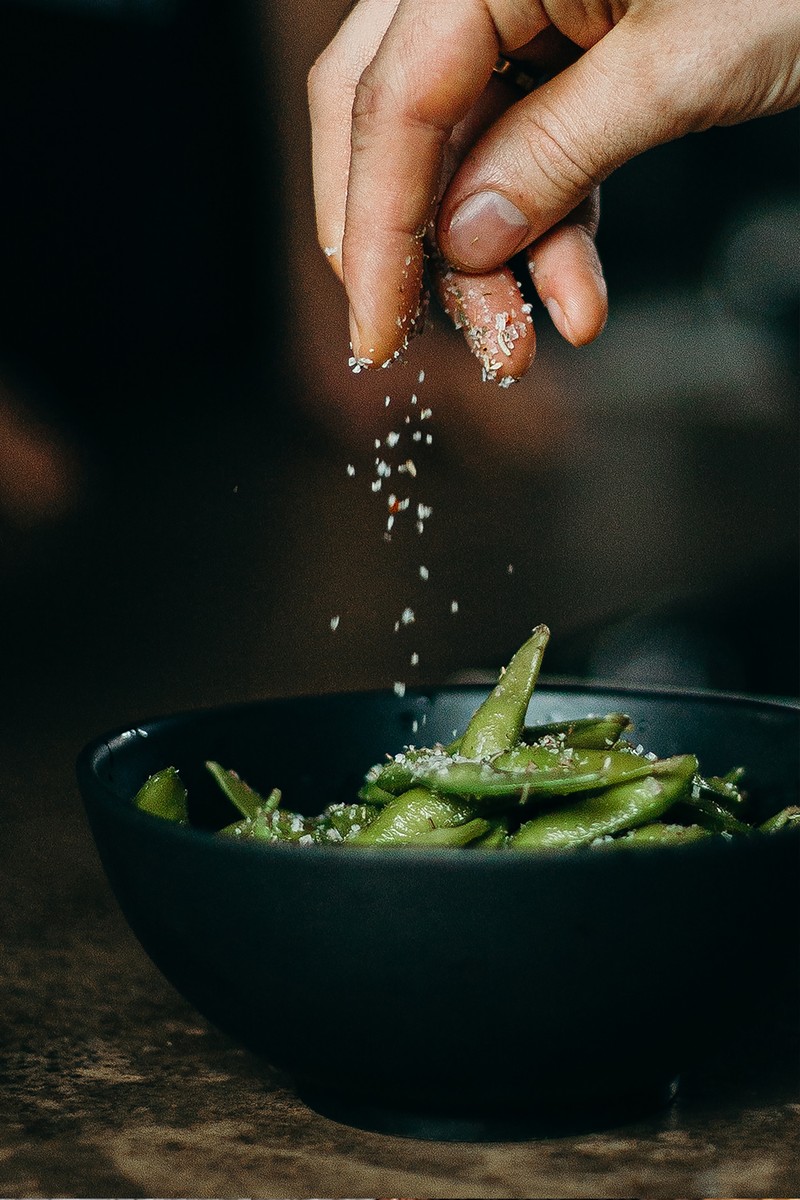
Looking To Cut Back? The Experts Share Their Top Tips For Reducing Your Salt Intake....
Swap Salt For Spices
“Oregano, cumin, curry powders, bay leaves, fresh lemon juice, onions and garlic are all great ways to add flavour to your food without using salt. If you add a lot of salt to your food when cooking, cut back gradually and start introducing small amounts of these new, natural flavours.” – Clarissa
Be Patient
“Don’t immediately add extra salt during cooking. Allow your dish to simmer first then taste the food after the dish finishes cooking, and add extra salt if necessary. The saltiness of food can change as it cooks. Use black pepper first. Also remember that some forms of protein are naturally higher in salt – such as seafood and pork – so use salt sparingly when cooking with these ingredients.” – Clarissa
Avoid Packaged Foods
“Anything in a packet – whether it’s a ready meal, snack or deli meat – is likely to contain added salt as well as flavour enhancers. Instead, eat natural foods in their whole form for the most nutritious, lowest salt option.” – Clarissa
Read Food Labels
“Learn to recognise ingredients that are salt in disguise – soy sauce, brine, anything with the word sodium in it, monosodium glutamate, baking soda, and sodium bicarbonate. Terms such as barbecued, broth, marinated, parmesan, pickled, smoked and tomato-based can also signal a high sodium content.” – Jane
Be Aware Of Healthy But Salty Foods
“Salt sneaks its way into all kinds of food. Takeaway pizzas are a top offender, with some containing as much as 10g per pizza. Bread, crumpets and other baked goods are often high in salt, too. On the flip side, olives, smoked salmon and smoked mackerel are also very high in salt – while these foods have other health benefits and shouldn’t be avoided, be aware of portion sizes and how they factor into your diet.” – Yasmin Alexander, nutritional therapist
Know The Levels
“The recommended salt intake for adults in the UK is 4g per day, but the average British adult eats closer to 9.5g of salt. It can help to know what you’re looking for on a food label – anything with 1.25g of salt or more per 100g is deemed high in salt, while something with 0.25g salt or less per 100g is low in salt.” – Jane
Don’t Be Lured By Lo-Salt
“Brands such as Lo-Salt can seem like a simple solution for cutting back, but like table salt they contain fillers and anti-caking agents. You’re better off opting for rock salt or sea salt flakes, and just using less of it. Unrefined sea and pink salts are the healthiest salt options.” – Yasmin
Shop The Expert Approved Products...
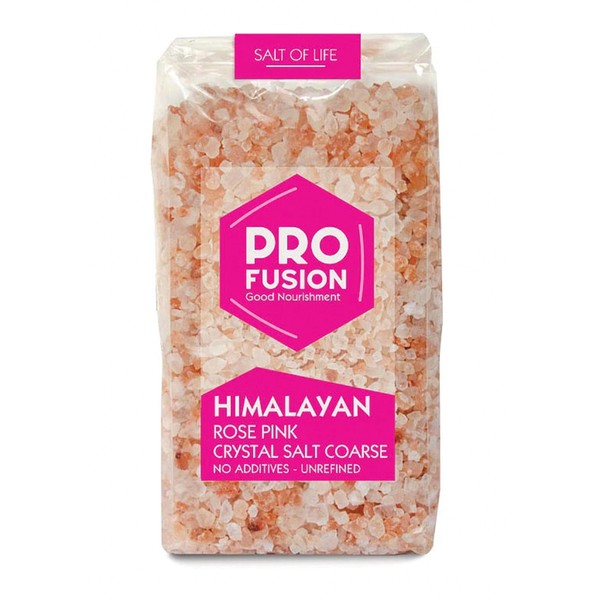
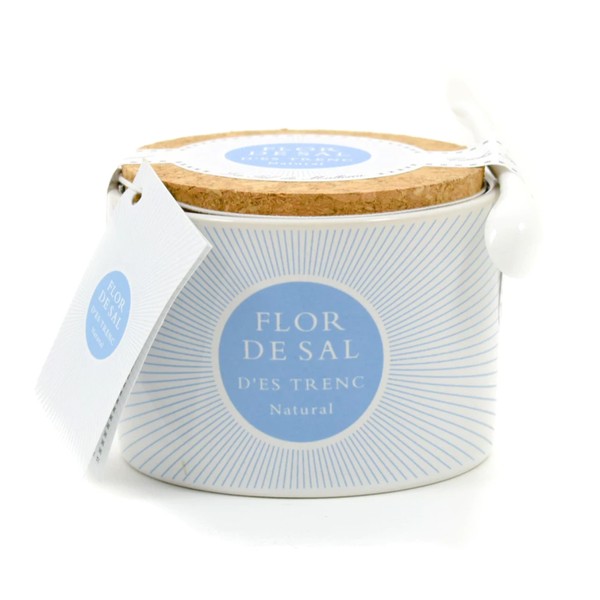

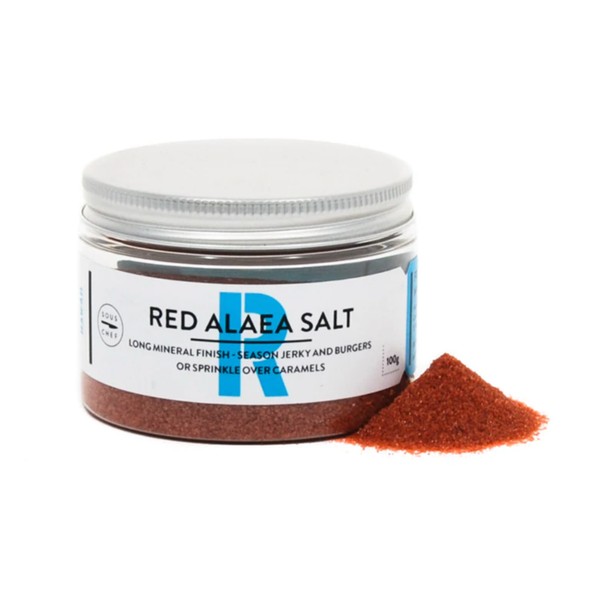
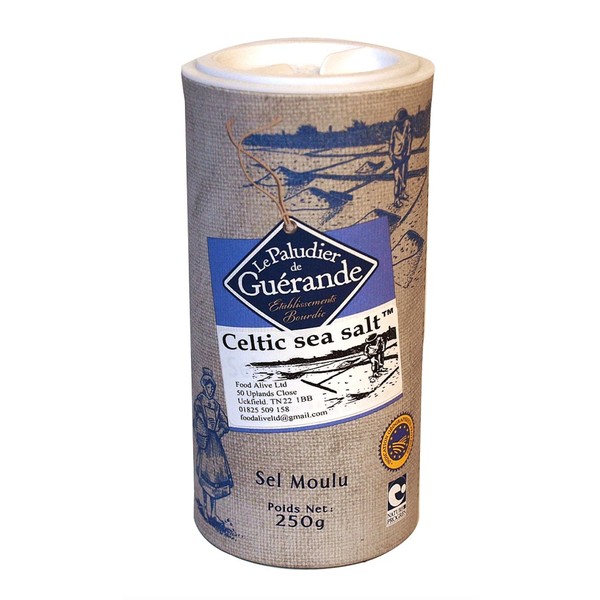
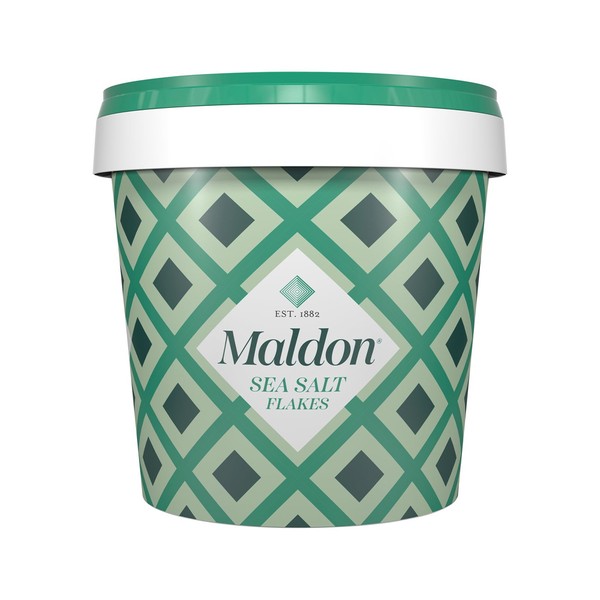
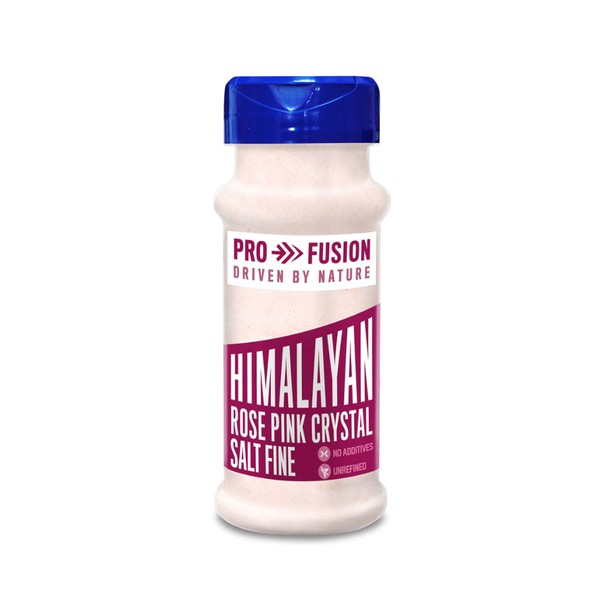
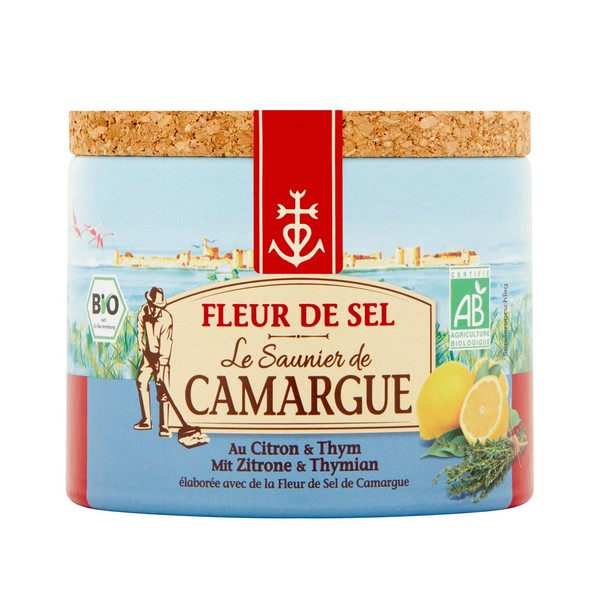
DISCLAIMER: Features published by SheerLuxe are not intended to treat, diagnose, cure or prevent any disease. Always seek the advice of your GP or another qualified healthcare provider for any questions you have regarding a medical condition, and before undertaking any diet, exercise or other health-related programme.
DISCLAIMER: We endeavour to always credit the correct original source of every image we use. If you think a credit may be incorrect, please contact us at info@sheerluxe.com.
